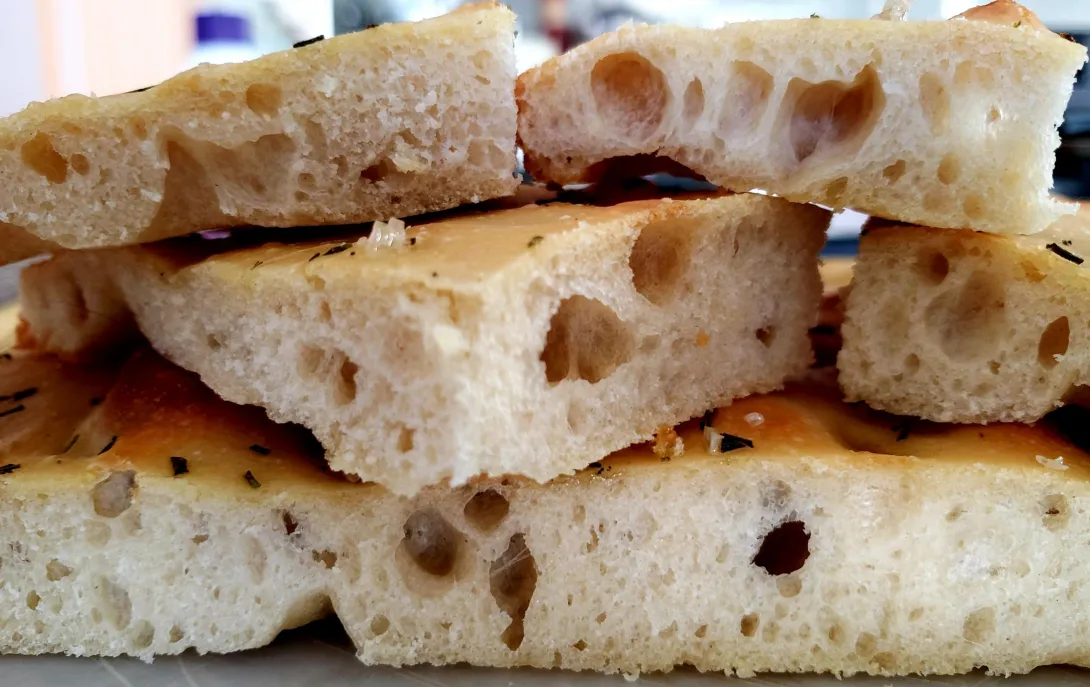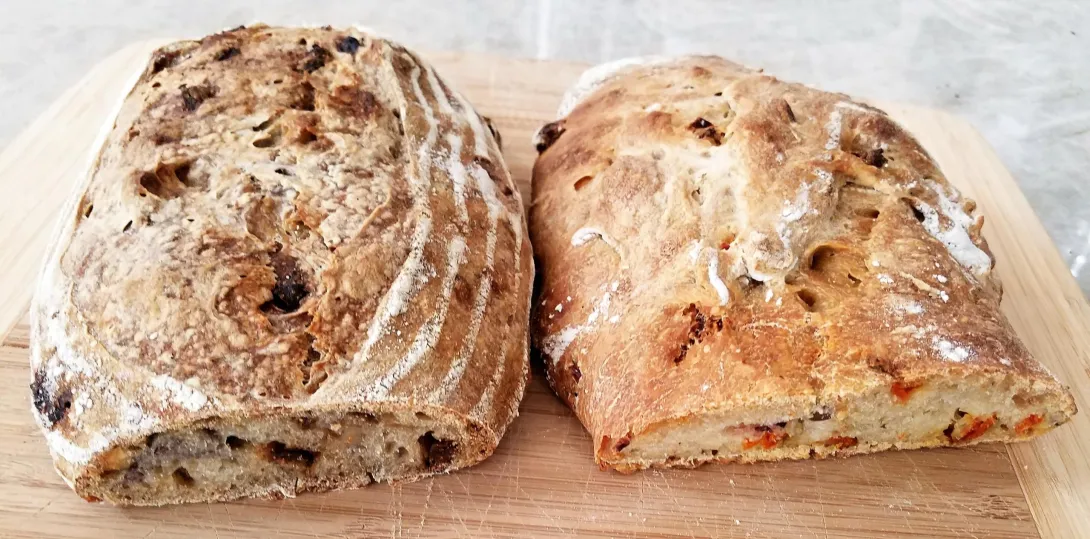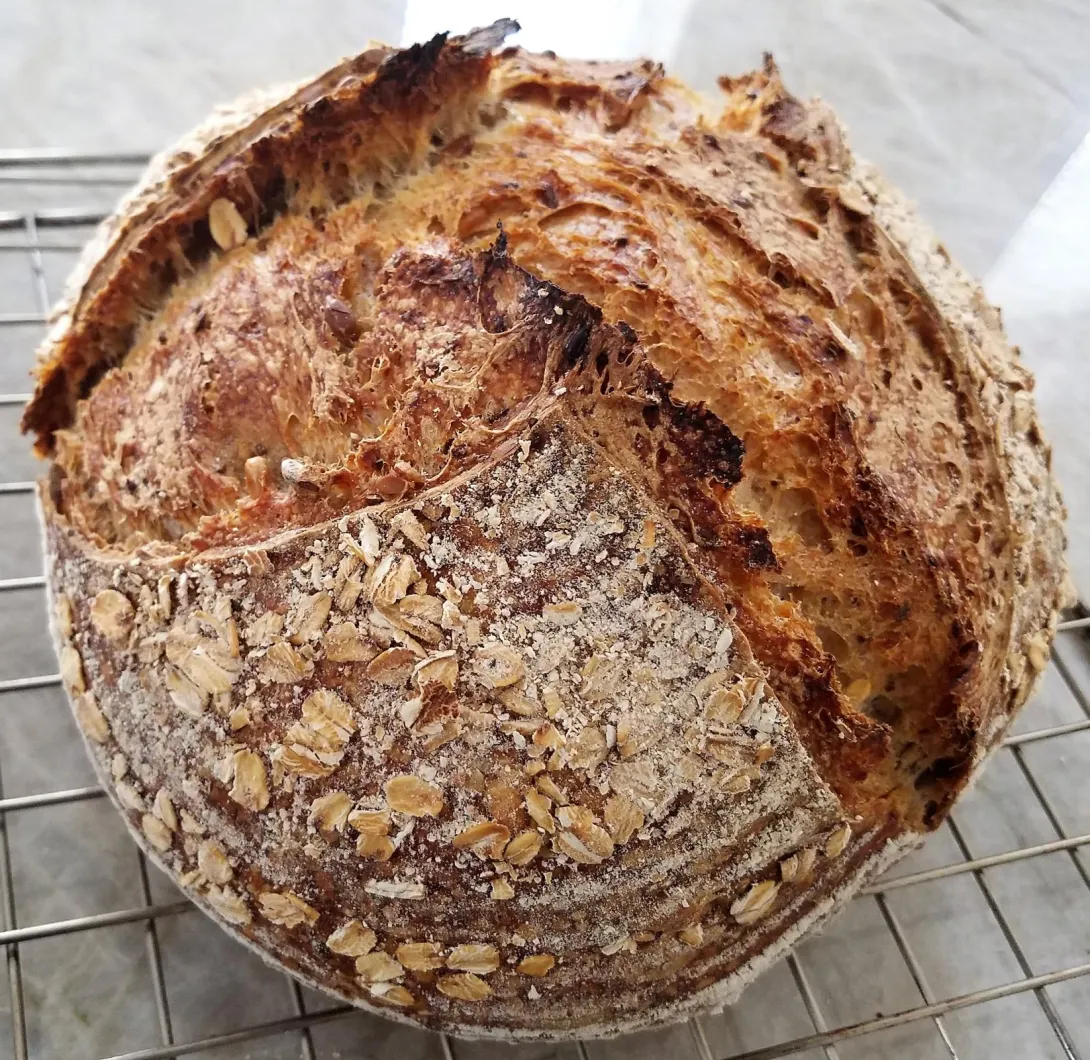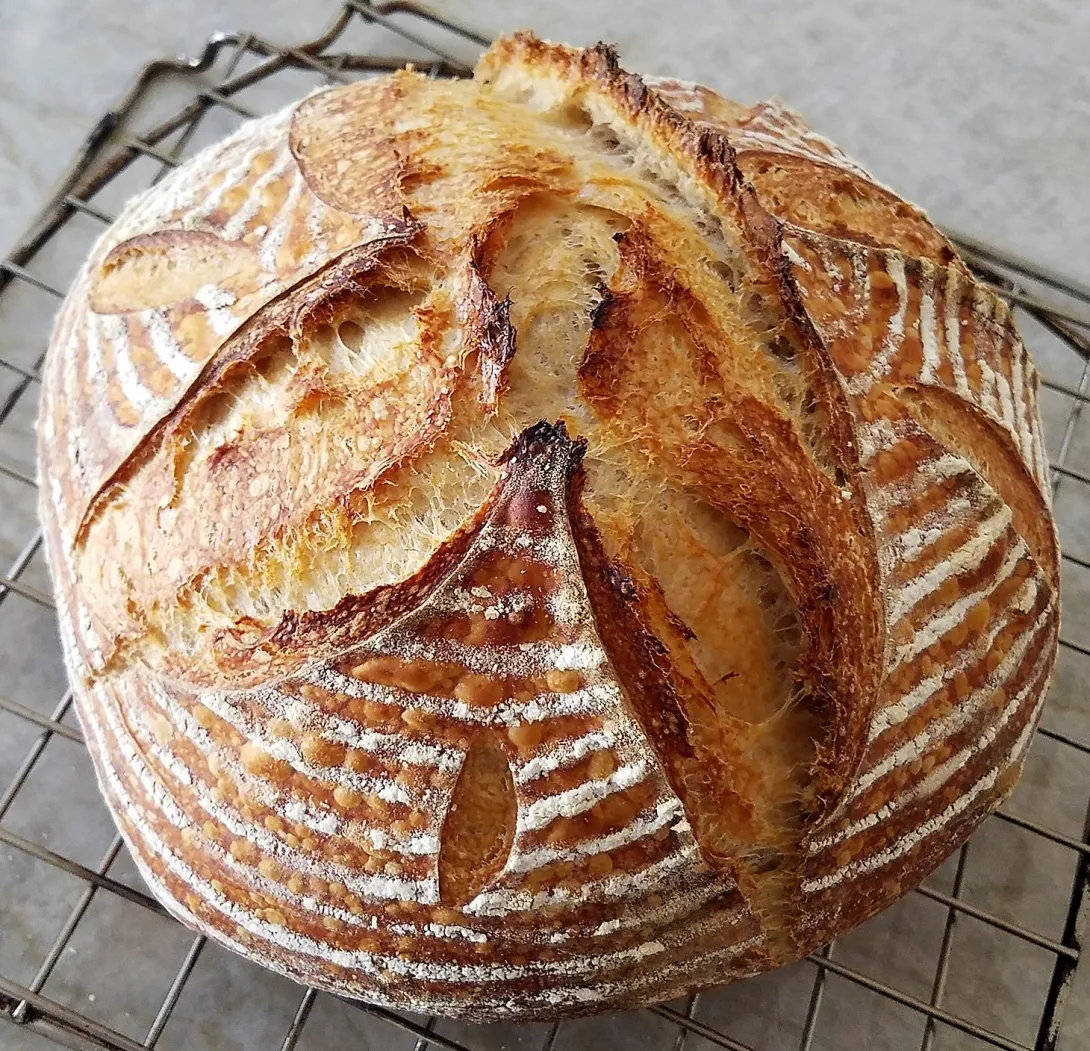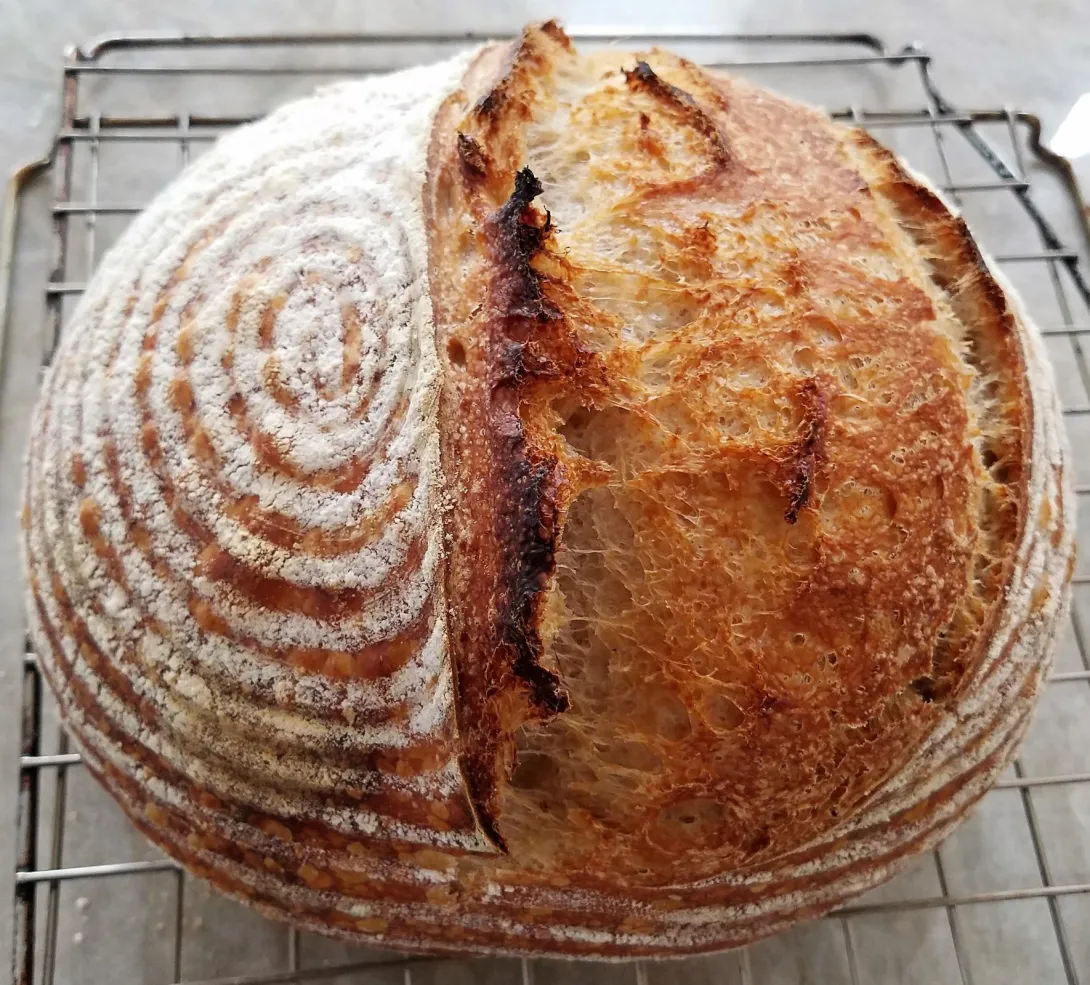Sourdough with mixed flours
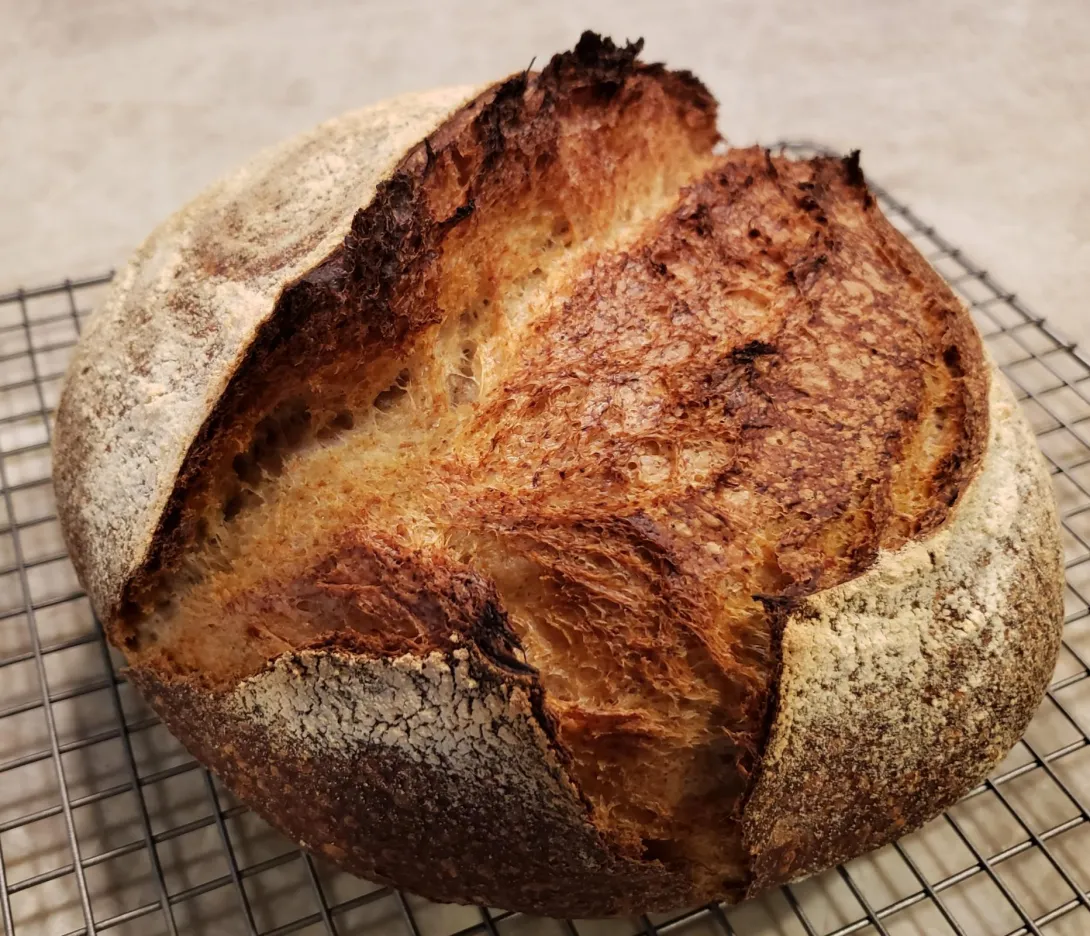

The other day, while looking for rye flour at my local Whole Foods, I came across spelt flour, made by the same company, Farmer Ground http://www.farmergroundflour.com/. I used their organic rye flour before, and while I am still very new to baking a good, mostly rye loaf, I liked the taste the rye flour gave to my wheat loaves when it was added in moderation.
